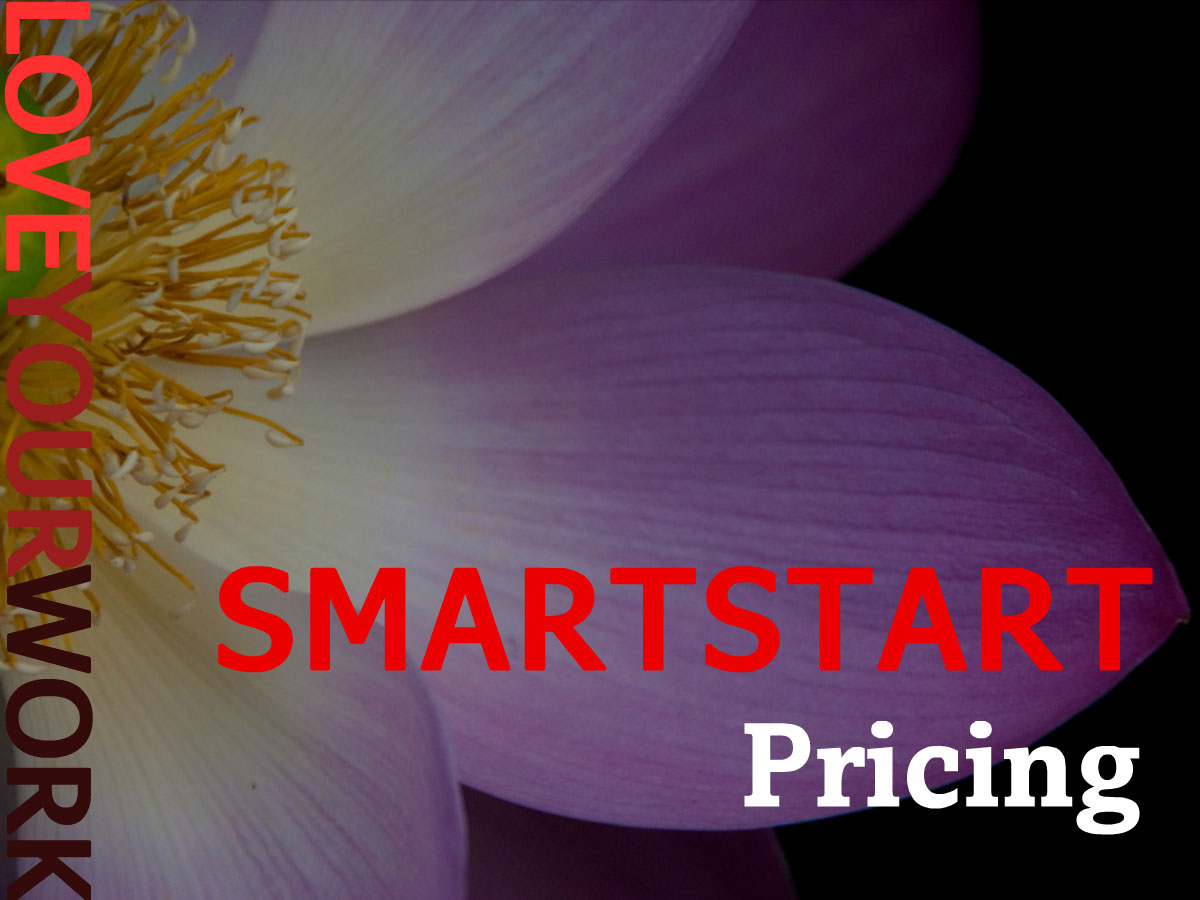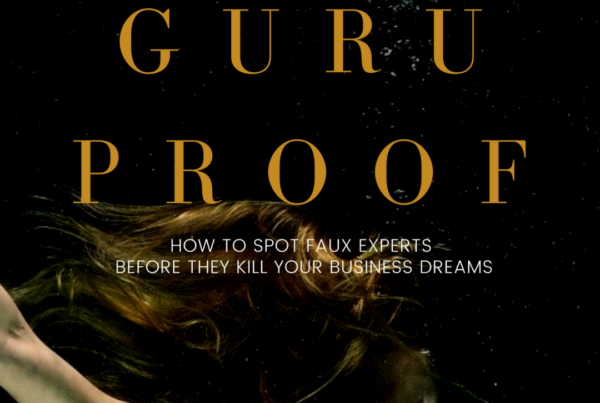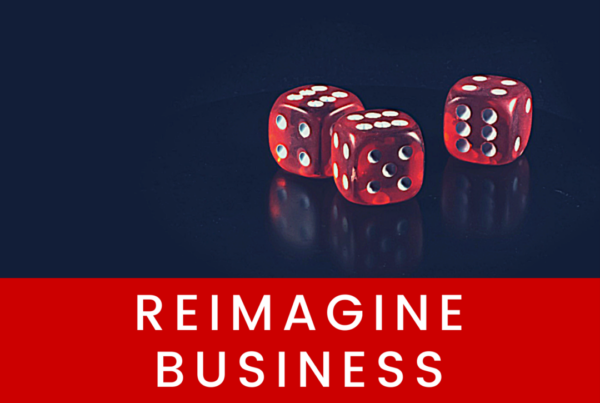
Price is what you charge. Value is what you deliver.
Wondering how you find the right price to charge for your courses?
Putting the right price on information products and courses is challenging for just about everyone in the SMARTSTART community and beyond. But it’s an important marketing exercise that can be simplified using these 5 steps:
STEP 1: Define your brand profile. Use 3-5 words to describe who you are in the marketplace.
I’ve pulled a few examples from inside our community:
- social media marketing pro
- diabetes managed care coach
- in-demand virtual assistant
- low-cost hosting services provider
- innovative wedding planner
- small business technology genius
STEP 2: Calculate your target buyer’s benefit profile.
For example, is your course, product, or service going to help your buyer:
- make money? If so, how much?
- save money? If so, how much and how fast? or
- achieve a non-monetary benefit such as comfort or convenience?
Non-monetary benefits are always measured in relation to another existing product against which buyers will compare your offer. In almost all cases, people will not pay more than 1 to 1.5 x the cost when there is an alternative available. (Exceptions are generally limited to exclusive brands so that’s how we’ve positioned SMARTSTART.)
STEP 3: Identify your top 3 competitors and check out their pricing for comparable courses, products and services.
STEP 4: Review your fixed, variable and sunk costs.
Fixed costs are those you’ll have going forward even if you don’t sell a thing.
Variable costs are all expenses relating to creating the course, product or delivering the service. These costs increase as you sell more and decrease when you sell less.
Sunk costs are costs that have already been spent and can’t be controlled. They are already spent but must be taken into account. For our course example, they’d be things like your incorporation fees, your logo design, your market and keyword research and your promotional content planning.
STEP 5: Using what you found out about your competitors, calculate the minimum and maximum prices you can charge based on what you now know as follows, keeping in mind that the closer what you’re selling is to another existing course or product, the more connected your pricing will need to be to remain competitive:
Your minimum price is always going to be cost +1.
Your maximum price always depends on your buyer profile.
If your buyer will make money, the maximum price you can charge and remain competitive is 25% of the expected customer benefit. Let’s say your customer will make $1,000 if they use the advice in your course.
Look at all your competitors’ courses and products on this topic. The closer you are to another existing product in the marketplace, the more connected your pricing needs to be. Only if your product is unique or complex will you have more flexibility in the range. So if the courses that will help buyers make $1,000 you’re competing against are offered at a price range of $40 to $200 — that’s your starting point for determining pricing.
You may be able to extend the range slightly from $30 to $220 but $250 is likely going to put your course right out of the running. Start price testing on the higher end of the range rather than the lower end unless your brand profile is one of being a low-cost solution or service provider. It’s much easier to reduce your price than raise it if you don’t like how sales are going. Get all your testing over with in 30 days before you launch.
A good place to start testing would be the $197 mark perhaps. But only if your all-costs- factored-in review came in at $196 or less which it most likely has otherwise this course is not something you should be selling.
You can also test +/- 10% to see if it makes any significant difference to sales if you want to. And you can test extreme highs and lows just to see if the number of sales changes so significantly that you can make more at that price point and still optimize your profits.
If you find sales are humming along respectably at $197 but launched with the $47 you were first thinking about, you’d be losing $150 on every sale. This happens to a lot of people every day. Ouch!
But if you found out your costs were over the selling price, it wouldn’t matter how many copies of the course you sold — you’d be putting yourself right out of business because delivering your course is costing you money. More than one guru has had this experience so don’t think it’s something that could never happen to you. That alone should be enough incentive for you to truly understand your costs.
If your buyer will save money, the maximum price you can charge and remain competitive is 20% of the expected customer benefit. In this scenario you take your competitor’s average price and factor in 20% on either end of the range.
So your customer will save $1,000 if they use the advice in your course. The competitor’s price range is $40 to $200 making the average price $120. Your maximum range is now $96 to $144. Below that, you’re leaving money on the table; above it you’re pricing yourself out of the market.
If your buyer will achieve a non-monetary benefit, you can price 2-3 x your competitors’ average price or $192 to $360 and test that, keeping in mind the 1 to 1.5 rule. So, if your closest competitor is selling their course at $197 you’ll need to give them very compelling reasons to spend $297 on yours and that will likely be as far as you can push the price window on this one.
Now I hope you can see why no one can give you a magic formula telling you exactly how much to charge in every given situation. There are just too many variables we need to look at and your business and objectives are likely not identical to another’s which is why you must do your own due diligence in this regard.
For more help finding your right price for anything you sell, download a copy of our free guide SMARTSTART Pricing.
More next time. Until then, remember to LOVE YOUR WORK, whatever it may be.
PS Did this post speak to you? If so, please feel free to share it with your own communities, friends and followers. Thanks for sharing the love! ♥♥♥



